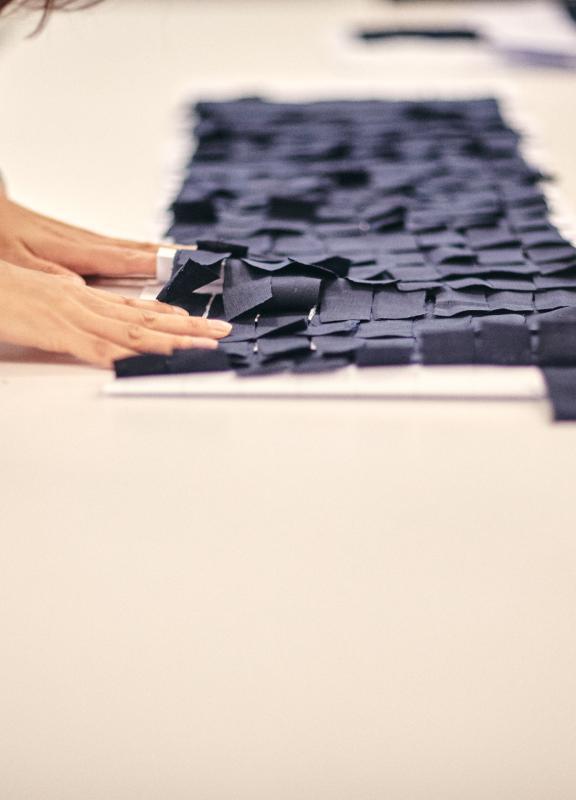
Design and selection of materials
Our strategic commitment to become more sustainable includes very ambitious undertakings with respect to the raw materials we use. Thanks to the strides made in that area, in 2021, the use of raw materials from more sustainable sources increased to 42% of total consumption.
+125% from 2020
+179% from 2020
+368% from 2020
+247% from 2020
- Cotton: our commitment is that by 2023, 100% of the cotton used in our garments will come from more sustainable sources - organic, Better Cotton or recycled - moving our previous target
up by two whole years. In 2021, we made significant progress on that target: 65% of the cotton consumed came from more sustainable sources.
In line with our stated goal of increasing the use and general availability of organic cotton, we are one of the founding partners of the Organic Cotton Accelerator (OCA) initiative. We used 200% more OCA cotton in 2021 than the previous year. In parallel, to stimulate the transition to organic cotton, we pledged our support for so-called in-conversion cotton - cotton grown following fully organic practices in fields where the period of time (years) needed to eliminate all synthetic chemicals from the soil has not yet elapsed. - More sustainable manmade fibres: at Inditex we only work with manufacturers of cellulosic fibres with 'green shirt’ designation as per the Canopy Hot Button Report. We have been working with Canopy, an international organisation whose mission is to protect primary forests, since 2014. To earn ‘green shirt’ status, a manufacturer must demonstrate that its fibres do not pose a danger to primary or threatened forests. Furthermore, 100% of the manmade cellulosic fibres we use will be from more sustainable sources by 2023.
- The use of recycled materials lets us reduce our consumption of natural resources. Thanks to the effort made this year, we managed to put a total of 41,317 tonnes of products made from recycled materials on the market, growth of 187% from 2020.
In order to offer top-quality, healthy, safe and environmentally-sustainable products to our customers, we need to select more sustainable raw materials that can lengthen our products’ life cycles by prolonging their durability or facilitating their recycling. It is with that goal in mind that we created the Sustainability Innovation Hub, an innovation platform focused on the search for new materials, technologies and processes that can reduce our products’ environmental footprint and usher in more sustainable and circular solutions.
From the initial screening process of startups and subsequent collaboration agreements, various pilot tests are conducted. The materials, technologies and processes that successfully come through this pilot phase will continue to the next stages with the aim of testing their results in the commercial phase and the industry in general. In 2021, we collaborated with more than 145 start-ups and participated in over 30 pilot schemes designed to improve productive processes, recyclability, recycling and traceability aspects and to develop new materials, among other things.
Within those projects, it is worth singling out the collaboration with LanzaTech Inc. for the production of a clothing collection made using new carbon capture technology designed to transform dioxide emissions into ethanol, which can then be used to produce new materials such as polyester.



